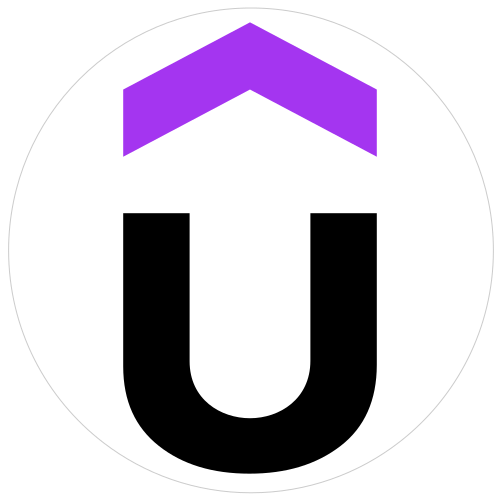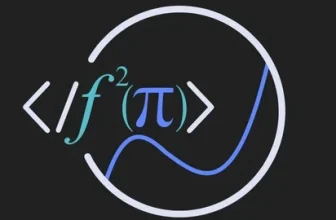![Gutenberg Blocks for WordPress and React Developers 1 Gutenberg Blocks for WordPress and React Developers [2022] Udemy coupons](http://couponos.me/wp-content/uploads/Gutenberg-Blocks-for-WordPress-and-React-Developers-2022.jpg)
Gutenberg Blocks for WordPress and React Developers
Use Your ReactJS and Redux Knowledge to Create Complex Gutenberg Blocks and Plugins from scratch.
Created by Ali Alaa | 27.5 hours on-demand video course
Recently WordPress decided to change their old WYSIWYG editor into a new ReactJS based block editor known as ‘Gutenberg’. Gutenberg also known as the block editor is based on blocks. So your post will be composed of some blocks and each block will have a purpose. You can have a block that displays a button or an image or some text and so on.
In this course you will learn everything you need to know in order to create custom blocks for the block editor. We will start by a simple block and then we will create some more complex blocks.
In order to gain the most out of this course you need to have WordPress theme/plugin development knowledge. Javascript knowledge is required for this course. You should be familiar with basic JavaScript concepts and preferably the recent ES6+ versions. ReactJS knowledge is also required for this course. So concepts like component state, hooks and basic react concepts should not be new to you. Also advanced concepts like higher order component knowledge would be ideal however it will be discussed briefly in the course. Redux knowledge is also ideal. Not all blocks will require using redux, however in some blocks we will use redux heavily. So it would be ideal if you are familiar with redux concepts like stores, actions, reducers and so on.
What you’ll learn
- Learn about the block editor design guidelines.
- Discover how the block editor saves your post in the database and how the editor UI is constructed.
- Learn how to use wp-scripts to transpile ES6 and JSX, compile SASS to CSS, bundle and minify your JS and CSS files and more.
- Integrate ESLint, Prettier, Stylelint and Husky in your project to improve your workflow.
- Create a new custom Gutenberg block from scratch.
- Customize the block editor features in your WordPress theme.
- Discover every aspect you need to know to create a complex Gutenberg block.
- Create a nested block (a block that accepts other blocks inside of it).
- Use third party react libraries to create complex features.
- Learn about handling deprecated blocks.
- Learn how to transform your custom block into another block.
- Create a dynamic block.
- Explore how to use the existing data stores in your blocks.
- Learn how to create your own data stores stores in order to share data between blocks.
- Learn different ways to manage meta fields in the block editor.
- Learn how to create a custom sidebar in the block editor and manage your meta fields inside of it.
- Learn how to extend the existing block editor’s sidebar.
- Learn about features like patterns, context, formatting API and templates.
- Modify existing block’s behavior with JavaScript & PHP filters.
- Internationalize blocks by generating and loading translation files.
Recommended Course









